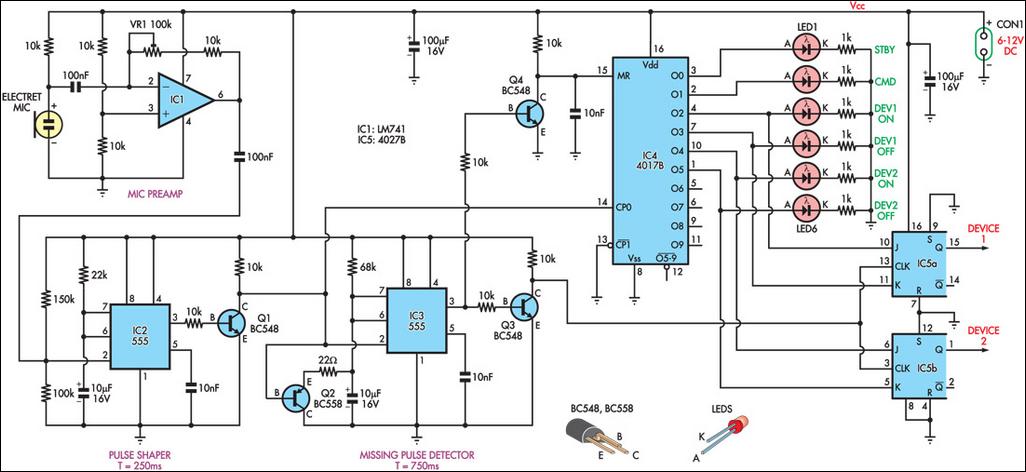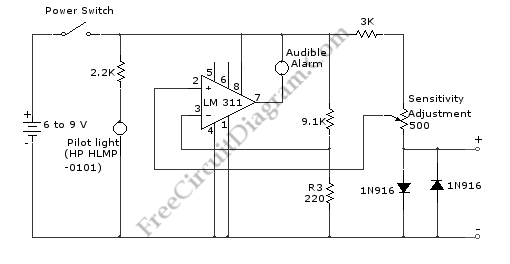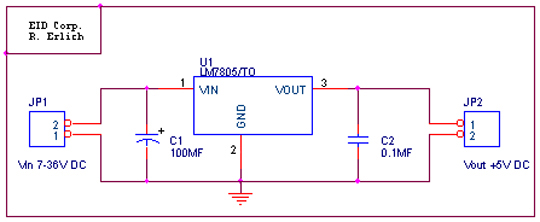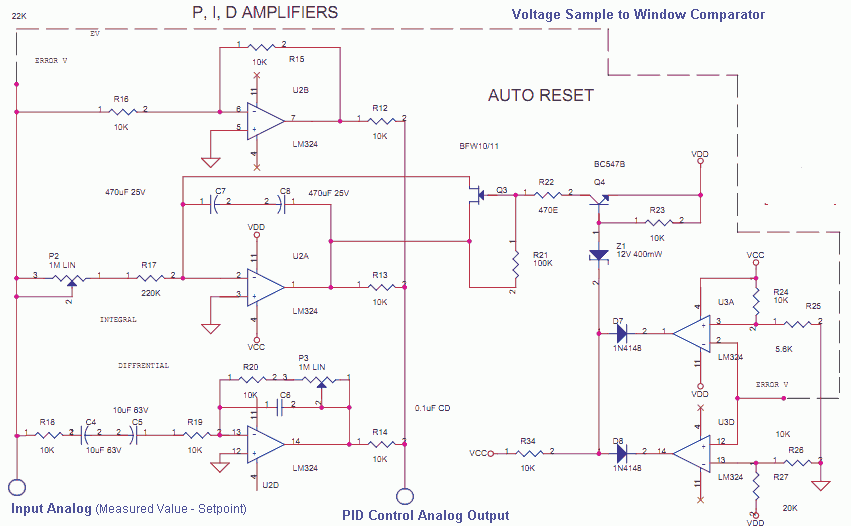
Full-wave Phase Control Using Lower Voltage DIAC
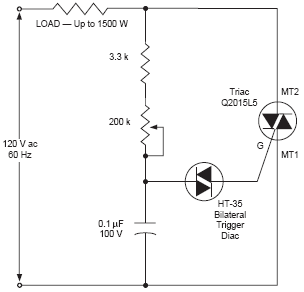
The DIAC, or diode for alternating current, is a trigger diode that conducts current only after its breakdown voltage has been momentarily exceeded. Most DIACs are utilized in applications requiring a switching function in AC circuits.
The DIAC is a semiconductor device that operates in a bidirectional manner, allowing current to flow in both directions once the applied voltage surpasses a specified threshold known as the breakdown voltage. This characteristic makes the DIAC particularly useful in various applications, including light dimmers, motor speed controls, and over-voltage protection circuits.
A typical DIAC consists of four layers of semiconductor material, forming a p-n-p-n structure. When the voltage across the device exceeds the breakdown voltage, the DIAC transitions from a non-conductive state to a conductive state, allowing current to pass through. This transition is often used to trigger other components in a circuit, such as triacs or thyristors, which can control larger loads.
In practical applications, the DIAC is often used in conjunction with other components such as resistors and capacitors to form timing circuits or to create specific trigger conditions. The device is characterized by its ability to provide a sharp switching action, making it suitable for applications where precise control of voltage and current is essential.
The DIAC is typically packaged in a variety of forms, including through-hole and surface-mount options, allowing for flexibility in circuit design. Its robust nature and ability to withstand high voltages make it a reliable choice for many electronic applications.The DIAC, or diode for alternating current, is a trigger diode that conducts current only after its breakdown voltage has been exceeded momentarily. Most DIAC.. 🔗 External reference
The DIAC is a semiconductor device that operates in a bidirectional manner, allowing current to flow in both directions once the applied voltage surpasses a specified threshold known as the breakdown voltage. This characteristic makes the DIAC particularly useful in various applications, including light dimmers, motor speed controls, and over-voltage protection circuits.
A typical DIAC consists of four layers of semiconductor material, forming a p-n-p-n structure. When the voltage across the device exceeds the breakdown voltage, the DIAC transitions from a non-conductive state to a conductive state, allowing current to pass through. This transition is often used to trigger other components in a circuit, such as triacs or thyristors, which can control larger loads.
In practical applications, the DIAC is often used in conjunction with other components such as resistors and capacitors to form timing circuits or to create specific trigger conditions. The device is characterized by its ability to provide a sharp switching action, making it suitable for applications where precise control of voltage and current is essential.
The DIAC is typically packaged in a variety of forms, including through-hole and surface-mount options, allowing for flexibility in circuit design. Its robust nature and ability to withstand high voltages make it a reliable choice for many electronic applications.The DIAC, or diode for alternating current, is a trigger diode that conducts current only after its breakdown voltage has been exceeded momentarily. Most DIAC.. 🔗 External reference

